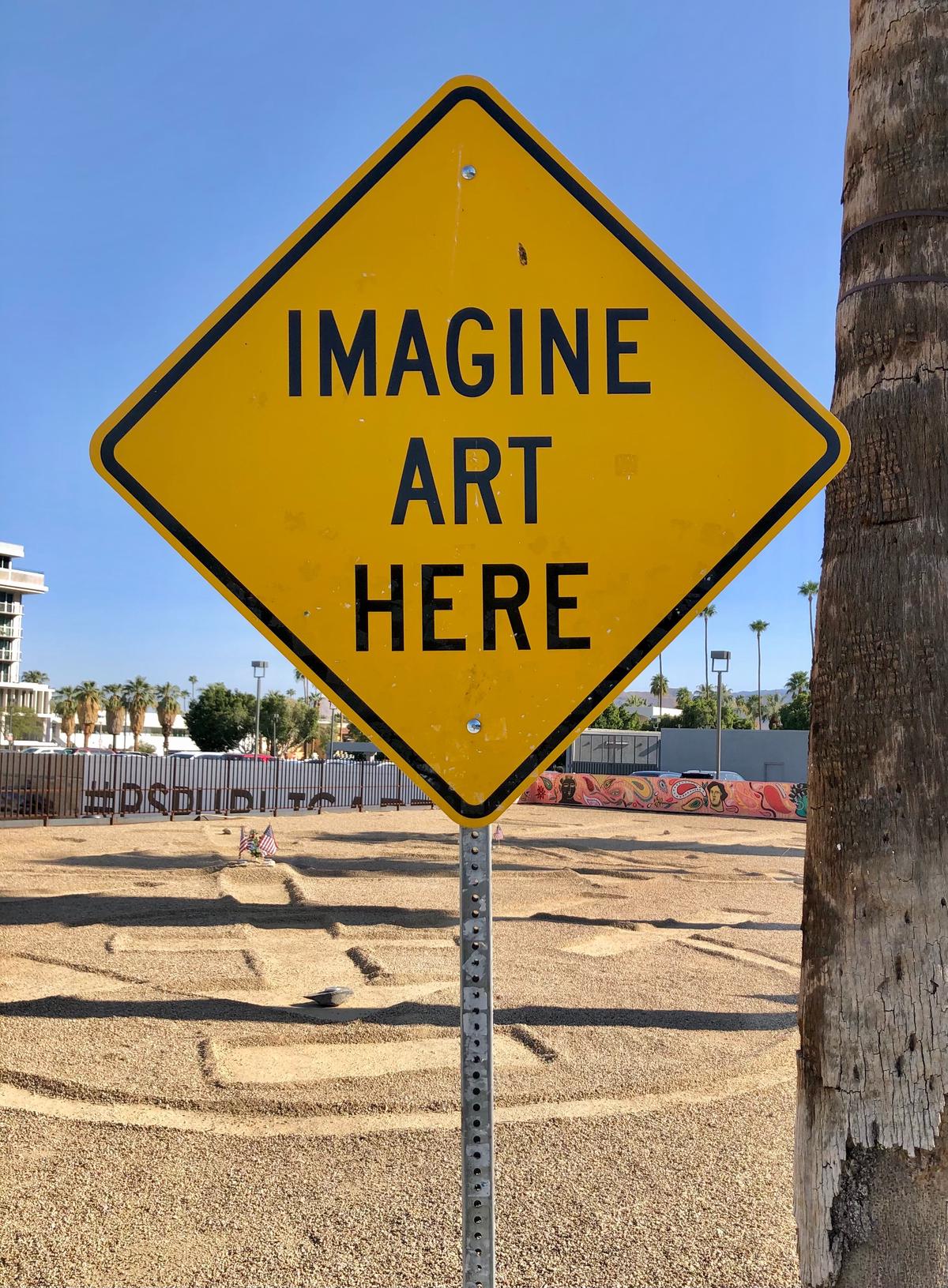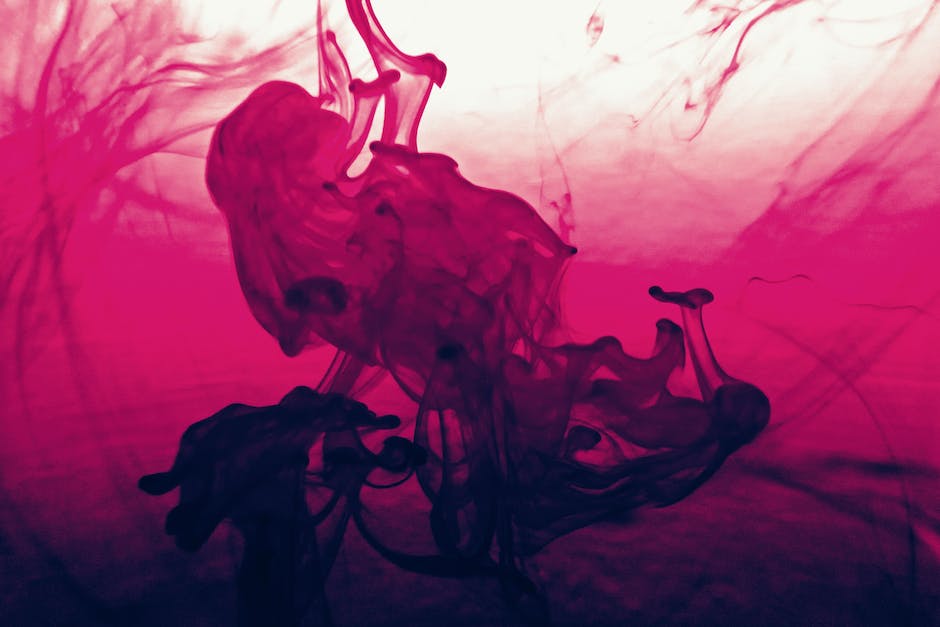Hyper-Realistic Sculptures: Crafting Life

As one traverses the boundary-blurring landscape of contemporary art, the realm of hyper-realistic sculpture emerges as a testament to human creativity’s quest for mimicry of life. This art form, with its consummate attention to detail and unwavering commitment to lifelike representation, invites us to explore the very essence of realism as embodied by sculptures that breathe an almost palpable presence. This essay embarks on a journey through the fibers and sinews of hyper-realistic sculpture, shedding light on the artists’ painstaking techniques, from the gentle etching of a wrinkle to the faithful replication of a gaze, as they seek to encapsulate the complexities of the human condition within their tactile manifestations.
The Essence of Hyper-Realism in Sculpture
The Marvel of Hyper-Realistic Sculptures in the Artistic Realm
In the vast tapestry of contemporary art, hyper-realistic sculptures emerge as a riveting thread that captures the gaze of both aficionados and casual observers alike. There exists a profound allure in these startlingly lifelike creations, a marvel that stands as a testament to the sheer ingenuity and skill of the sculptor. But what exactly sets these masterpieces apart in the diverse world of art? Let us dive into the enigma that is hyper-realism and discover the je ne sais quoi of these bewitching sculptures.
At the core of hyper-realistic sculpture is the staggering attention to detail. These pieces are not mere representations; they are an embodiment of reality, meticulously crafted to trick the observer’s senses. Artists spend countless hours perfecting every nuance—from the subtlest wrinkle on the skin to the delicate play of light and shadow—culminating in artwork that could easily be mistaken for a living subject. It is this precision that elevates hyper-realism above the mere mimicry of form.
The materials used in hyper-realistic sculptures are pivotal in achieving such authenticity. Artists often employ a combination of traditional and innovative mediums, including resins, silicones, and fibreglass. These materials lend themselves to malleable manipulation, allowing for the creation of textures and finishes that mimic organic matter, such as human skin, with astonishing accuracy.
Hyper-realism does not solely revel in the replication of the human form; it often carries an intrinsic narrative. These sculptures can evoke an emotional response, challenging the viewer’s perception and eliciting introspection. The corporeal exactitude is not an end in itself but a conduit through which deeper meanings are communicated and stories are silently told. The poignancy of the human experience is often encapsulated in these silent figures, each wrinkle and vein whispering tales of life’s realism.
Furthermore, hyper-realistic sculptures undeniably revivify the age-old debate of what constitutes art. While some may question the artistic value of works that strive for the replication of reality, hyper-realism demonstrates that the labour and vision required for such creation are undeniably artistic. It is the artist’s interpretation and expression through hyper-realism that is as valid and impactful as any abstract or impressionist piece.
Moreover, these sculptures undeniably foster a dialogue about technology’s role in art. Through the amalgamation of traditional sculpting techniques with cutting-edge tools and methodologies, hyper-realistic artists are pushing the boundaries of what is achievable in sculpture. The intersection of artistic vision and technological advance thus becomes a space ripe for exploration and innovation.
In today’s art world, where originality and the capacity to provoke thought are highly prized, hyper-realistic sculptures unmistakably command their own niche. These are not mere statues; they are mirrors, reflecting both the physical and psychological truths of existence, compelling viewers to ponder the boundary between art and life.
The transcendence of hyper-realistic sculpture lies in its ability to bridge the gap between reality and representation, to intrigue, to astound, and ultimately, to convey humanity in a form that both mimics and transcends the bounds of our own flesh and blood. In the hands of a visionary sculptor, a block of silicone transcends its physicality to breathe, emote, and invite reflection—a silent yet eloquent testament to the enduring power and complexity of artistic expression.

Photo by misswoods on Unsplash
The Process of Creating a Hyper-Realistic Sculpture
Embarking on the creation of a hyper-realistic sculpture is a journey that marries meticulous finesse with an intense understanding of the human form. It begins with an inception of vision, where the artist determines not just the subject but the emotion and the story they aim to encapsulate within the sculpture’s silent poise.
The blueprint for the vision transforms into intricate sketches, often aided by digital software to ensure proportions mirror real life. While some sculptors swear by the traditional pencil and paper, others utilise state-of-the-art 3D modelling programs to visualise and plan their work with precision.
Once the sketches have been refined, the real craftsmanship begins. Artists select their mediums, often silicone, resin, or various polymers, for their malleable nature and capacity for fine detailing. Armatures or supports crafted from steel or other robust materials form the skeleton, providing stability and form to the sculpture-to-be.
A painstaking process of sculpting follows. Here, tools of various shapes and sizes dance in the hands of the artist, each flick and stroke contributing to the emerging semblance of life. The application of texture is vital, mimicking everything from the fine lines of age to the supple smoothness of youthful skin.
Colouration adds another dimension of reality to the sculpture. Airbrushes or hand-painting techniques introduce pigments with surgical precision, replicating the subtleties of skin, hair, and clothing. The artist’s knowledge of light and shadow plays a pivotal role in creating the illusion of depth and lifelike resonance.
In what is perhaps the most voyeuristic stage, the insertion of hair or the meticulous implantation of individual follicles takes place, where the dedication to verisimilitude is most evident. Eyelashes, eyebrows, and even the fine vellus hair are carefully positioned to recreate the unique textures and patterns found on the human body.
Finally, eyes – often made of glass or custom-painted to capture the soulful glint one seeks in a living being – are placed within sockets. The gaze, whether piercing or pacific, meets the world with startling vivacity.
The concluding phase garners the sporadic additions or accessories that round off the narrative. Whether a rip in clothing, a personal artefact, or a symbolically placed object, every element serves a purpose in illuminating the story woven throughout the hyper-realistic creation.
Through each step, artfulness balances with a scientific approach. The polishing of the final piece brings a quiet yet intense satisfaction; a newly born depiction of reality stands ready to engage with onlookers, blurring the lines of art and existence without uttering a single word. Each completed hyper-realistic sculpture is not just a testament to the artist’s skill but an invitation to reflect upon the nuances of the world around us.

Innovators and Icons of Hyper-Realistic Sculpture
Titans of Tangibility: The Maestros of Hyper-Realistic Sculpture
As the artistry of hyper-realistic sculpture carves its way deeper into the hearts of aficionados and connoisseurs alike, it’s only apt to revere the pioneers and virtuosos who have sculpted not just material but the very course of this formidable art form. Hyper-realism, a genre that tantalises the observer with a meticulous mimicry of life itself, is the canvas where these artists have not just painted, but chiselled their legacy.
At the forefront of this movement, one name stands almost eponymously with the genre itself: Ron Mueck. His dramatic play with scale combined with an uncanny ability to capture the mundane in a way that reveals the profound has left many an observer spellbound. Mueck’s sculptures, like his widely-acknowledged ‘Dead Dad’, exhibit a silent narrative that echoes loudly in the halls of modern artistry.
Joining Mueck in the pantheon of hyper-realistic sculptors is Duane Hanson, who took the everyday scene as his muse and composed it with a fidelity that made his sculptures startlingly lifelike. From shoppers to tourists, Hanson’s figures blend into real environments so well that they often deceive the eye, forcing a second, closer look.
Another virtuoso of veracity, Sam Jinks, infuses his sculptures with a serenity that is as disconcerting as it is pure. His works, such as ‘Woman and Child’, immerse the spectator in a moment of intimate human connection so vivid that it nearly pulses with life.
Then there’s Maurizio Cattelan, the enigmatic Italian, whose satirical slant on hyper-realism has prompted as much contemplation as chuckles. His lifelike portrayals, like the infamous ‘L.O.V.E.’ which features a hand with all fingers but the middle one cut off, use realism to dissect reality, revealing the layers of cultural and political commentary beneath.
Another artist who dances delicately with detail is the Australian sculptor, Patricia Piccinini. She conjures up fantastical creatures so rich in lifelike attributes that they challenge the observer’s own understanding of what it means to be real. Her creations are an exploration of biological possibilities that intertwine the actual with the imagined.
We must not forget to illuminate the contributions of artists like Jamie Salmon and Jackie K. Seo of Avatar Sculpture Works. Their combined efforts bring forth figures that not only encapsulate human physicality but seem to be etched with the very essence of human emotion. Their captivating compositions often explore the kaleidoscope of expressions etched upon the human face.
Evan Penny’s work, with its surreal distortions of form, bends reality to his will. His stretched and sketched human images are a play on perception, urging onlookers to question the nature of reality and how it is conceived in the human mind.
Each sculptor mentioned here not only moulds materials into marvels of resemblance but also stretches the boundaries of hyper-realistic sculpture. Crafting the human form in silicone, resin, fibreglass or bronze, they create more than art; they spawn existential dialogues, provoke deep reflections and, most significantly, contribute indelibly to the fabric of contemporary art.
Championing artistic expression that breathes with the vigour of life, these sculptors do not simply paint a picture or fill a space. They freeze a moment, immortalise an emotion, capture a sliver of the human experience so acutely that their works continue to inspire and astonish, long after the initial encounter. In their capable hands, hyper-realism becomes more than an art form – it becomes a mirror into the depths of the soul.

Photo by fotographyfanatik on Unsplash
Psychological and Cultural Impact of Hyper-Realistic Sculptures
Delving into the depths of the hyper-realistic sculpture’s influence extends to the societal mirror it holds up to its audience. These works act as a fulcrum for psychological engagement, often confronting viewers with the intricate mosaic of human experience. Upon encountering a hyper-realistic sculpture, the initial reaction of astonishment gives way to contemplation, as the verisimilitude challenges our perception of reality. It compels introspection, summoning a spectrum of emotions from profound empathy to unsettling voyeurism.
The psychological imprint left by these extraordinarily detailed artworks can be profound. They are capable of evoking a sense of uncanny valley, wherein something so closely resembling a living human yet still inanimate creates a subtle dissonance within us. These sculptures can become vessels for exploring our own humanity, imperfections, and mortality. The often larger-than-life presence of such creations allows audiences to reflect on the human form, life’s transience, and the beauty found in every crease, wrinkle, and expression that makes us unique.
On a cultural plane, hyper-realistic sculptures have a magnetic draw that transcends art circles, engaging a diverse demographic. Their lifelike qualities often become focal points for discussion about societal issues and norms. They can serve as stark commentary on the human condition, questioning the roles we play and the facades we erect. The level of detail invites viewers to consider the backstories and internal lives of the figures portrayed, an exercise in empathy and social awareness.
Additionally, these pieces uniquely document the zeitgeist, embedding in their silicon and resin the zeitgeist of our times. By reflecting society’s current state back at itself, hyper-realistic sculptures become a chronological marker of cultural sentiment, attitudes, and ideologies. They possess the power to both celebrate and critique the age we live in, pushing audiences to engage with the complexities of modern life.
The presence of hyper-realistic sculptures in public spaces can also democratize art, making it accessible to those who might not visit galleries or museums. This spontaneous confrontation with art enlivens public discourse and can ignite a communal sense of ownership and pride. By stepping out of traditional art venues, they spark curiosity and can fundamentally alter the fabric of public engagement with the arts.
Embedded within the folds of these uncannily accurate representations is the pure essence of artistic challenge – the relentless pursuit of excellence and the courage to render tangibly that which is keenly felt. The psychological and cultural impacts of hyper-realistic sculptures will undoubtedly continue to ripple through time, influencing, inspiring, and instigating a deeper appreciation of art’s potential to touch the very core of human experience.

The Future of Hyper-Realistic Sculpture
The Future of Hyper-Realistic Sculpture: Beyond the Uncanny Valley
As artists perpetually quest for the mirroring of life in their work, hyper-realistic sculpture stands as a towering testament to this pursuit. Looking forward, the discipline promises to push boundaries even further, as creators seek not only to replicate human form but to infuse it with dynamic narratives and insights into the human condition.
Emerging technologies such as 3D scanning and printing are set to play a pivotal role in the evolution of hyper-realistic sculpture. These tools offer unprecedented precision and the ability to replicate intricate details of human anatomy, allowing for the creation of works that are almost indistinguishable from the subjects they represent. Advances in synthetic materials, which can mimic the subtleties of skin tone and texture, are expected to enhance the tangible authenticity of these sculptures.
Artists are also likely to explore the dialogue between hyper-realism and augmented reality (AR), inviting onlookers to engage with sculptures in interactive and transformative ways. This integration will redefine the viewer’s experience, creating a layer of narrative that is both virtual and physical – blurring the lines between art and experience.
Sustainability may also shape the future of hyper-realistic sculpture. With environmental consciousness on the rise, the use of eco-friendly materials and processes will become increasingly important. Artists and curators will consider the lifecycle of their works, opting for resources that safeguard our planet while still achieving the desired levels of hyper-realism.
Furthermore, with society’s growing awareness of inclusivity and representation, hyper-realistic sculpture is poised to showcase a broader spectrum of humanity. Artists will likely embrace diversity in their subjects, representing varied ethnicities, body types, and conditions—capturing a more holistic vision of people around the world.
The impact of hyper-realistic sculptures on public art is anticipated to grow, as municipalities and institutions recognise their potential to captivate and engage the public. These thought-provoking pieces are likely to populate parks, buildings, and squares, inviting passersby to pause and contemplate, bringing the transformative power of art into everyday life.
The dialogue that hyper-realistic sculptures initiate about the essence of being human will continue to evolve as well. Artists are expected to delve deeper into themes of identity, consciousness, and the transient nature of existence, creating sculptures that defy time by encapsulating moments of human vulnerability and strength.
Education in the fine arts will also witness an infusion of hyper-realistic methodology into curricula, guiding a new generation of sculptors who are adept at combining handcraft with technology. Workshops and courses related to this discipline are likely to proliferate, democratizing the skills and knowledge required to excel in this field.
Last but not least, as collectors and art enthusiasts seek unique and provocative pieces, the market for hyper-realistic sculpture will remain robust. The fascination with capturing life in static form ensures these works will continue to be highly prized, making them a focal point for collectors and galleries alike.
In conclusion, the artistic thread that hyper-realistic sculpture weaves into the tapestry of contemporary art is ever-expanding. The future holds a panoply of possibilities, ones that are bound to challenge, captivate, and celebrate the multifaceted essence of what it means to be human. As this discipline evolves, it steadfastly remains a powerful mediator between art and audience, an enduring reflection of life itself.

The ever-evolving narrative of hyper-realistic sculpture continues to captivate and challenge our perceptions, standing at the vanguard of an artistic revolution that both mirrors and reconstructs reality. As we marvel at the astonishing verisimilitude these sculptures exude, we also grapple with the existential riddles they pose, drawing us into a profound contemplation of our own existence. The intricate dance between art and life thus spirals onward, with hyper-realistic sculptures leading the charge towards a future replete with possibilities, poised to reshape and transcend the horizons of human expression.
Recommend0 recommendationsPublished in Art Movements







